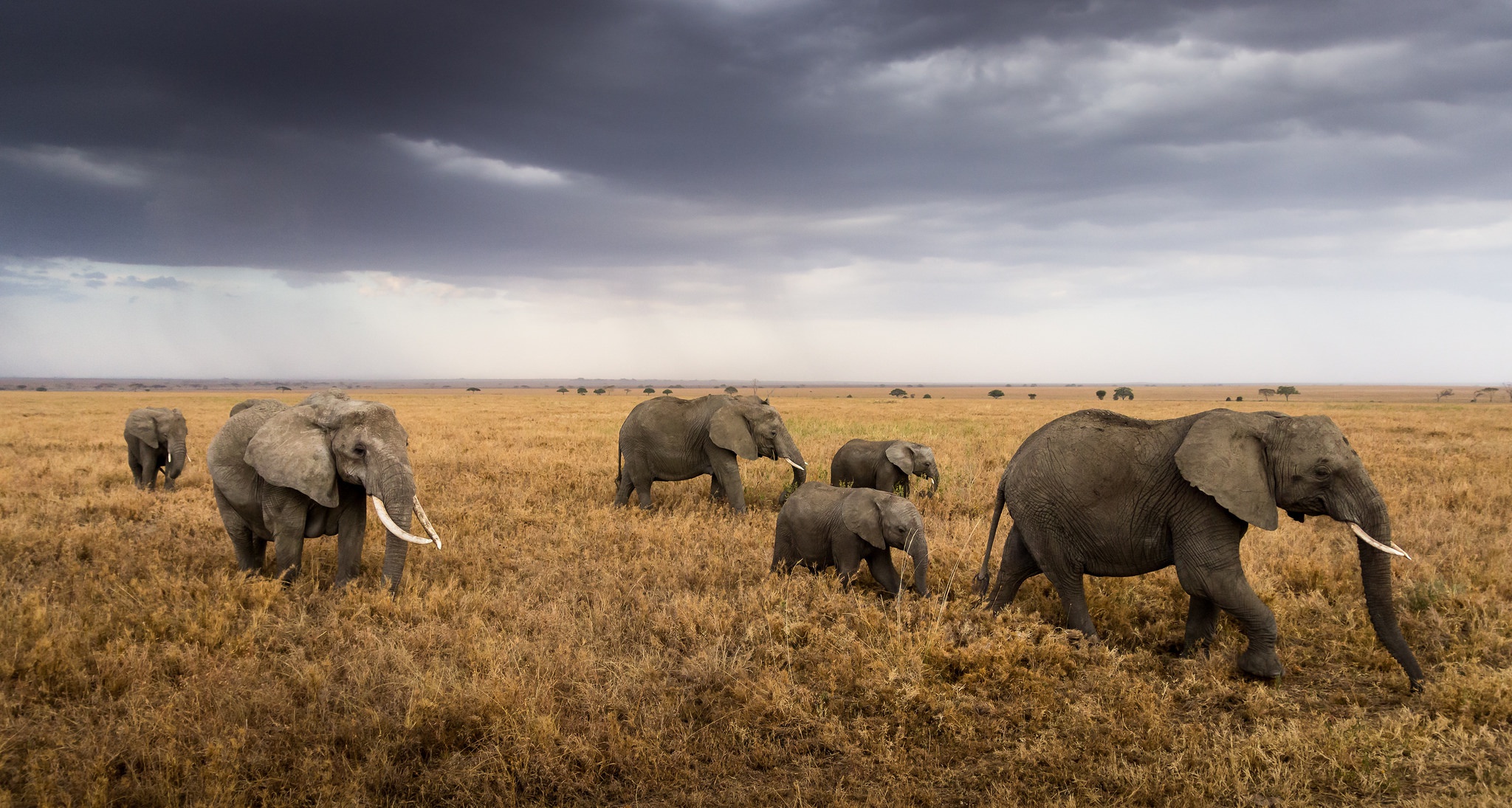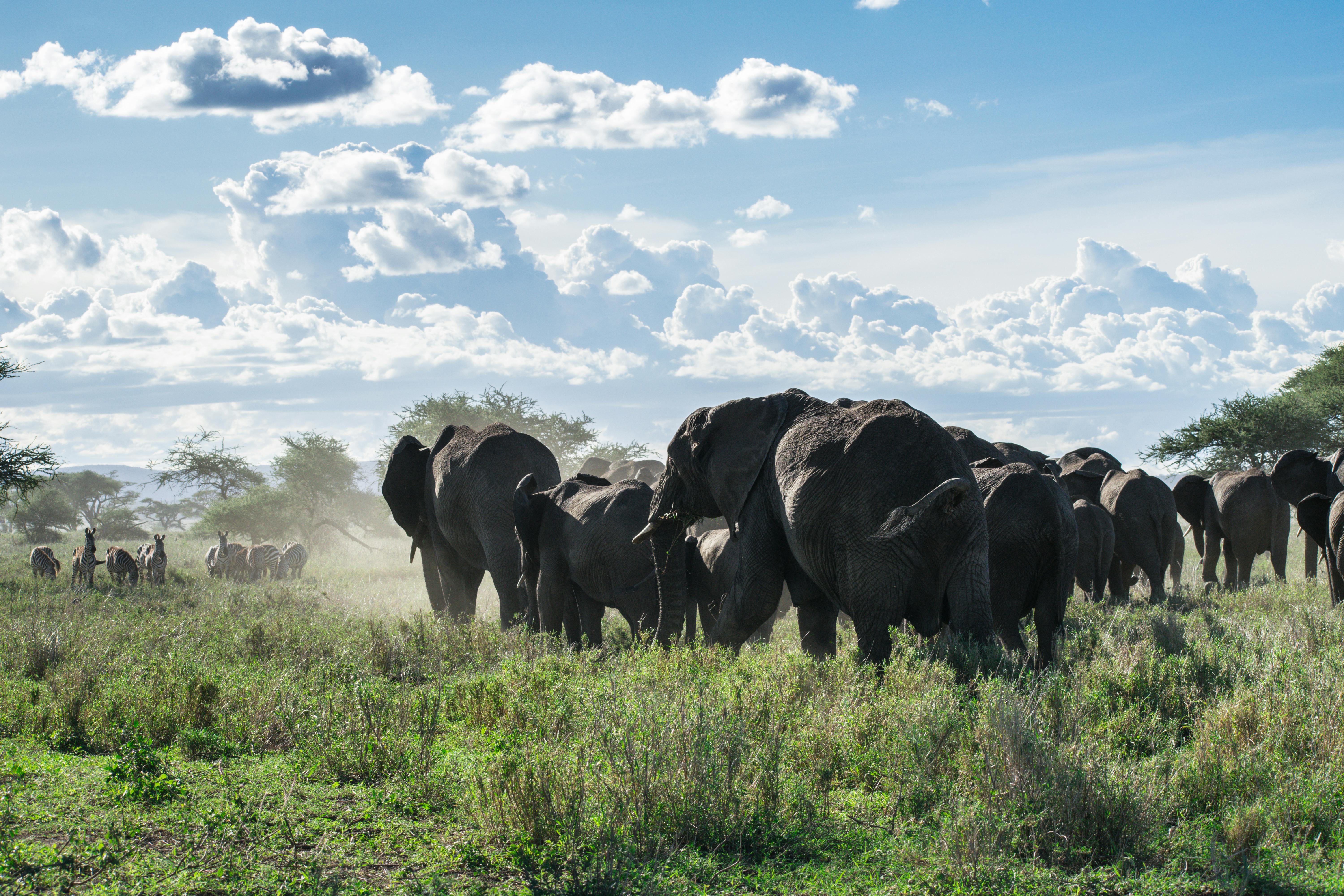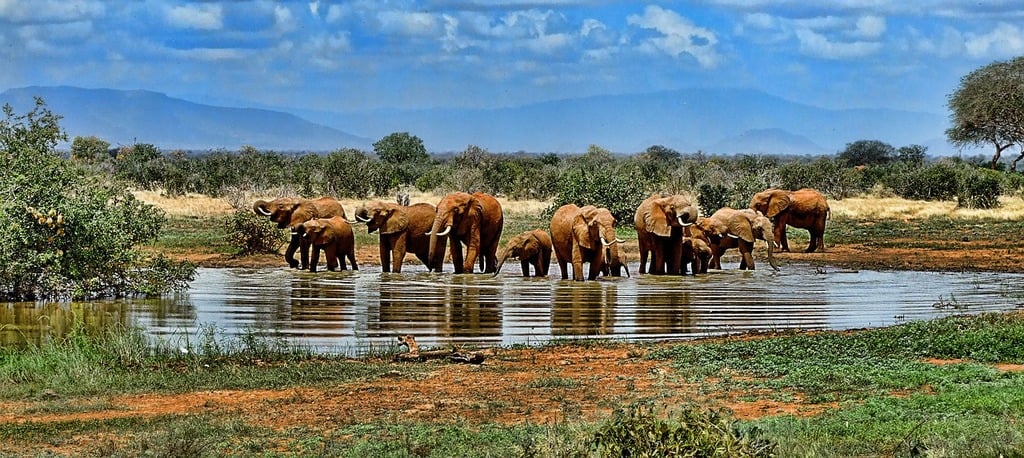
Eine Elefantenherde ist eine Gesellschaft für sich, ein Geflecht aus tiefen Bindungen und uralter Weisheit. Sie zu beobachten ist mehr als eine Sichtung; es ist ein Einblick in eine alte, kraftvolle Welt. Mit meinen über 7000 Tagen im tansanischen Busch hatte ich das Privileg, ihr Leben zu beobachten, und ich möchte dieses Verständnis mit Dir teilen, damit Du diese großartigen Tiere wirklich wertschätzen kannst.
Giganten der Savanne: Elefantenherden in Tansania verstehen

Eine Elefantenherde ist eine Gesellschaft für sich, ein Geflecht aus tiefen Bindungen und uralter Weisheit. Sie zu beobachten ist mehr als eine Sichtung; es ist ein Einblick in eine alte, kraftvolle Welt. Mit meinen über 7000 Tagen im tansanischen Busch hatte ich das Privileg, ihr Leben zu beobachten, und ich möchte dieses Verständnis mit Dir teilen, damit Du diese großartigen Tiere wirklich wertschätzen kannst.
Die wahre Majestät einer Safari in Tansania liegt oft in der Begegnung mit seinen Elefantenherden. Das sind nicht nur Ansammlungen von Tieren, sondern komplexe, familienbasierte Gesellschaften, die von weisen Matriarchinnen geführt werden. Um sie wirklich wertzuschätzen, musst Du ihre Sprache, ihre Bindungen und ihre Lebensweise verstehen. Es ist eine Geschichte, die ich über viele Jahre im Staub gelesen und eine Symphonie, die ich in ihrem Grollen gehört habe. Für ein breiteres Verständnis von Tierinteraktionen findest Du vielleicht meinen allgemeinen Leitfaden zum Tierverhalten in Tansania aufschlussreich.
Über den Autor
APApollo
Ranger & Spezialist für Elefantenverhalten
Ehemaliger Wildhüter mit über 7.000 Tagen Safari-Erfahrung
Giganten der Savanne: Elefantenherden in Tansania verstehen



Häufig gestellte Fragen zu Elefantenherden in Tansania
Lage
Bereit, dieses Highlight zu erkunden?
Kontaktieren Sie uns, um Ihre perfekte Safari-Erfahrung zu planen, die einen Besuch dieses erstaunlichen Ziels beinhaltet.
Bereit, Tansania zu erleben?
Durchsuchen Sie unsere Safari-Touren, um mit der Planung Ihres Abenteuers zu beginnen.
Safari-Touren ansehen